-

(3R,4S,5R,6R)-3,4,5-tris(triMethylsilyloxy)-6-((triMethylsilyloxy)Methyl)tetrahydro-2H-pyran-2-one CAS:32384-65-9
(3R,4S,5R,6R)-3,4,5-tris(trimethylsilyloxy)-6-((trimethylsilyloxy)methyl)tetrahydro-2H-pyran-2-one is a chemical compound with the molecular formula C17H38O5Si4. It falls under the category of pyranone derivatives and is characterized by a tetrahydropyran ring structure substituted with multiple trimethylsilyloxy groups. This compound holds substantial interest in organic chemistry and pharmaceutical research due to its unique structural features and potential applications.
-
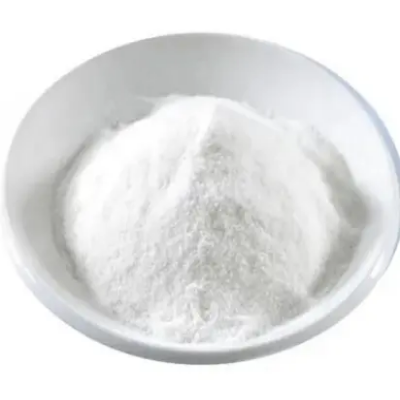
2-(3-Formyl-4-hydroxy-phenyl)-4-methyl-thiazole-5-carboxylic acid ethyl ester CAS:161798-01-2
2-(3-Formyl-4-hydroxy-phenyl)-4-methyl-thiazole-5-carboxylic Acid Ethyl Ester is a chemical compound with the molecular formula C14H13NO5S. It belongs to the class of thiazole derivatives and is characterized by a thiazole ring structure substituted with a formyl group, a hydroxyphenyl group, and an ethyl ester moiety. This compound holds significant interest in medicinal chemistry and pharmaceutical research due to its unique structural features and potential applications.
-
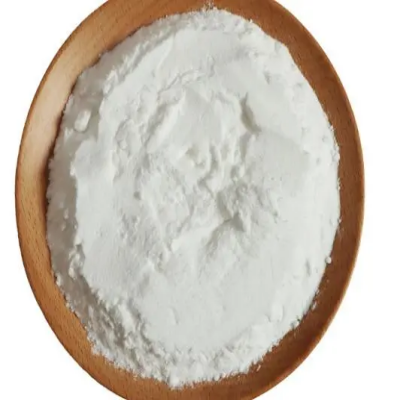
(S)-TETRAHYDROFURAN-3-OL CAS:86087-23-2
(S)-Tetrahydrofuran-3-ol is a chemical compound with the molecular formula C4H9O2. It belongs to the class of tetrahydrofuran derivatives and is characterized by a tetrahydrofuran ring structure substituted with a hydroxyl group. This compound is of significant interest in organic chemistry and pharmaceutical research due to its unique structural features and potential applications.
-
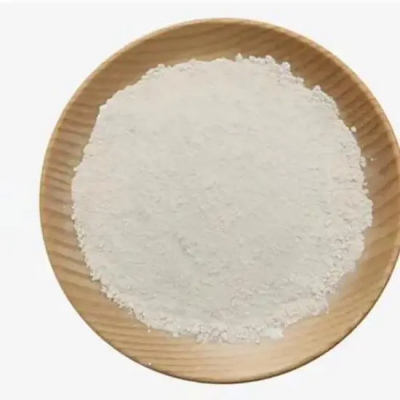
3-Methyl-7-(2-butyn-1-yl)-8-bromoxanthine CAS:666816-98-4
3-Methyl-7-(2-butyn-1-yl)-8-bromoxanthine, with the molecular formula C11H9BrN4O2, is a chemical compound categorized as a xanthine derivative. It features a xanthine core substituted with a bromine atom at position 8, a methyl group at position 3, and a butynyl group at position 7. This compound holds significant interest in medicinal chemistry and pharmaceutical research due to its unique structural modifications and potential applications in drug development.
-
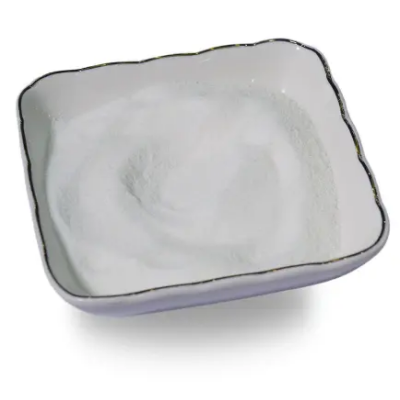
Tetrabenzyl Dapagliflozin CAS:2001088-28-2
Tetrabenzyl dapagliflozin is a chemical compound with the molecular formula C86H92O23S2 and belongs to the class of dapagliflozin derivatives. It is characterized by its structure, where dapagliflozin is substituted with four benzyl groups. This compound is of significant interest in medicinal chemistry and pharmaceutical research due to its unique structural features and potential applications in drug development.
-
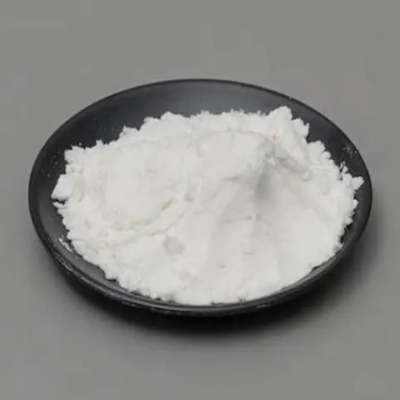
4-HYDROXYTHIOBENZAMIDE CAS:25984-63-8
4-Hydroxythiobenzamide is a chemical compound with the molecular formula C7H7NO2S. It falls under the category of thioamide derivatives and is characterized by a hydroxy group attached to a benzene ring along with a sulfur atom. This compound holds significance in various fields, including pharmaceuticals, due to its structural attributes and potential applications.
-

Lithium bis(trifluoromethanesulphonyl)imide CAS:90076-65-6
Lithium bis(trifluoromethanesulfonyl)imide (LiNTf2) is an inorganic compound characterized by its lithium cation bonded to two trifluoromethanesulfonyl imide anions. With the chemical formula LiNTf2, this compound possesses unique chemical properties that make it valuable across various applications within organic synthesis, electrochemistry, and materials science.
-

Lithium triflate CAS:33454-82-9
Lithium triflate (LiCF3SO3) is an inorganic compound recognized for its lithium cation bonded to trifluoromethanesulfonate anions. With the chemical formula LiCF3SO3, this compound exhibits distinctive chemical properties that contribute to its versatility in various applications within organic synthesis, chemical research, and industrial processes. Lithium triflate is characterized by its high solubility in polar solvents and strong coordinating ability due to the trifluoromethanesulfonate anion, making it a valuable reagent in synthetic chemistry.
-
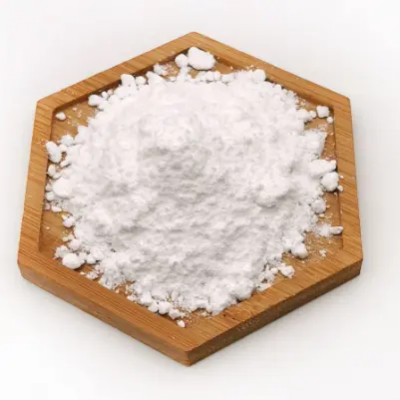
Ethyl bromodifluoroacetate CAS:667-27-6
Ethyl bromodifluoroacetate (C4H6BrF2O2) is an organic compound characterized by the presence of a bromo-difluoroacetate group attached to an ethyl group. With the chemical formula C4H6BrF2O2, this compound exhibits unique chemical properties that make it valuable in various applications within organic synthesis and chemical research. Ethyl bromodifluoroacetate is notable for its role as a versatile building block in the creation of complex organic molecules. Its structure allows for controlled introduction of fluorine atoms, which are highly beneficial in medicinal chemistry and materials science. The compound’s ability to undergo diverse chemical reactions, including nucleophilic substitutions and esterifications, underscores its importance in synthesizing pharmaceutical intermediates and specialty chemicals. Uses and Applications of Ethyl Brom
-
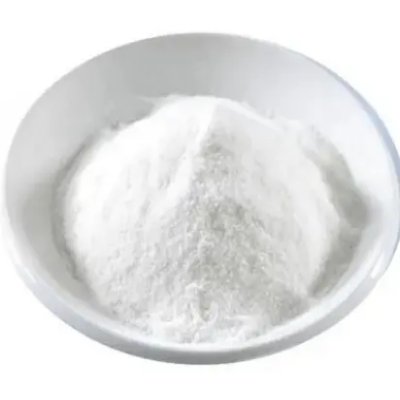
Lanthanum(III) trifluoromethanesulfonate CAS:52093-26-2
Lanthanum(III) trifluoromethanesulfonate (La(CF3SO3)3) is a coordination compound featuring lanthanum ionically bonded to trifluoromethanesulfonate anions. With the chemical formula La(CF3SO3)3, this compound showcases unique properties that make it valuable in various chemical and material applications. Lanthanum(III) trifluoromethanesulfonate is notable for its high solubility in polar solvents, which enhances its versatility as a precursor in chemical synthesis. The lanthanum ion’s ability to stabilize various reactive intermediates further extends its utility in catalysis and materials science. Commonly encountered in research laboratories, its applications span from catalysis to materials science, benefiting from its robust coordination chemistry and lanthanum’s distinctive properties in chemical bonding and reactivity.
-

bistrifluoromethanesulfonimide lithium salt CAS:90076-65-6
Bis(trifluoromethanesulfonimide) lithium salt (LiTFSI) is a lithium salt featuring two trifluoromethanesulfonimide anions (CF3SO2N-) bound to a lithium cation. This compound is notable for its high ionic conductivity and stability, making it a crucial component in advanced battery technologies and electrolytes.
-
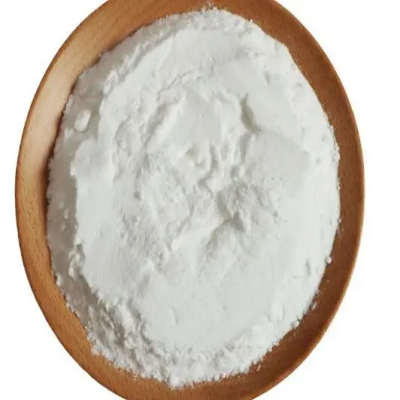
ethylchlorodifluoroacetate CAS:383-62-0
Ethylchlorodifluoroacetate (C4H5ClF2O2) is an organic compound distinguished by its ethyl group attached to a chloro-difluoroacetate moiety. With the chemical formula C4H5ClF2O2, this compound possesses unique chemical properties that contribute to its wide-ranging applications in organic synthesis, chemical research, and industrial processes. Ethylchlorodifluoroacetate serves as a pivotal building block in organic chemistry, facilitating the introduction of chloro-difluoroacetate functionality into diverse organic molecules. This capability is particularly valuable in medicinal chemistry for modifying pharmacokinetic properties and enhancing the bioactivity of drug candidates.

